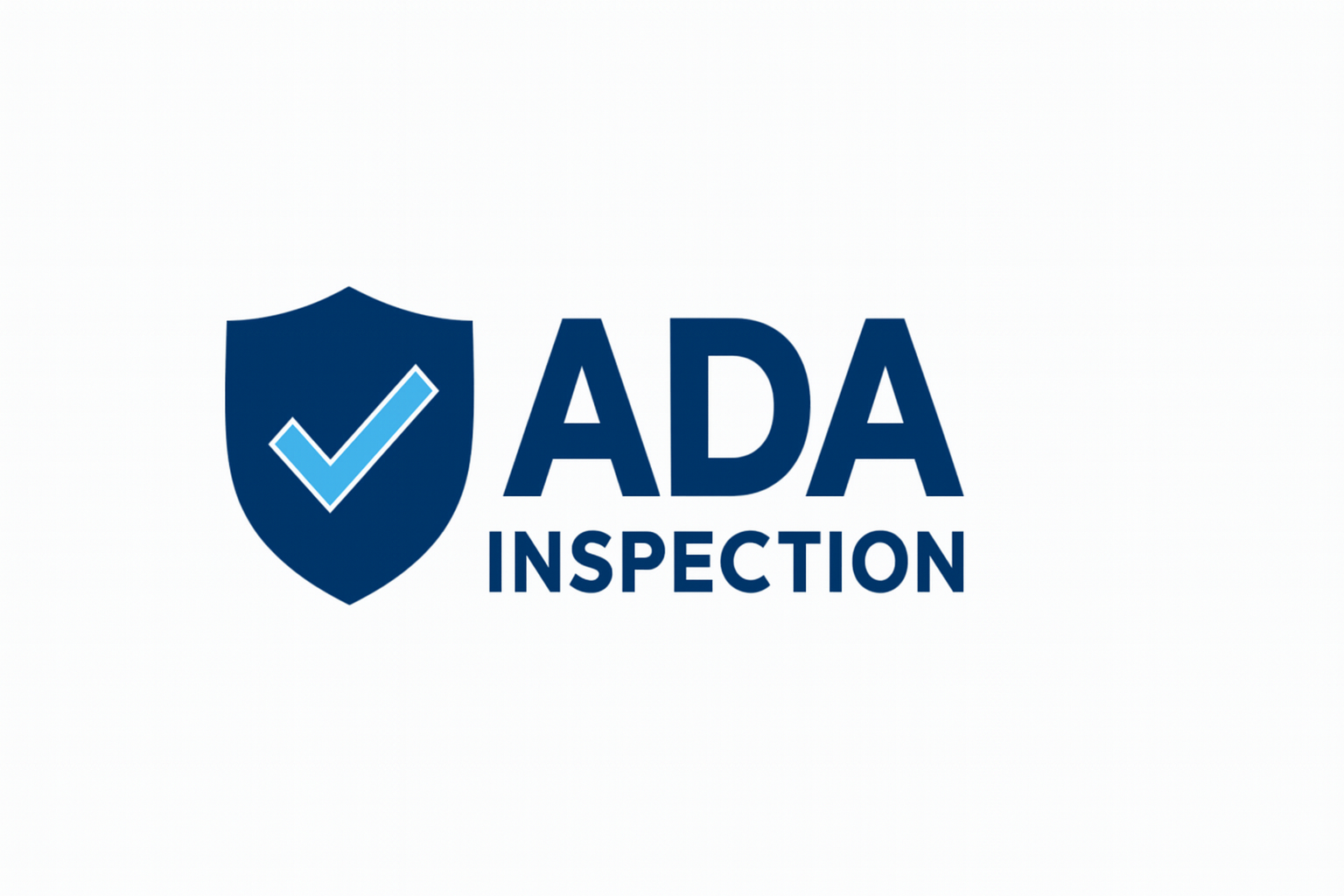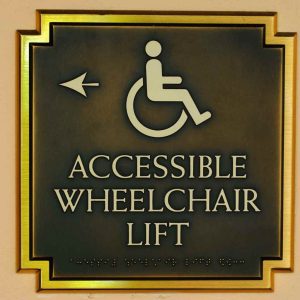Web accessibility means designing websites that can be used and understood by everyone including people with disabilities. This includes visual impairments, limited mobility, cognitive challenges, and more. Accessible design isn’t just a compliance task; it’s a foundational principle of inclusive digital communication. Following standards like the WCAG (Web Content Accessibility Guidelines) not only improves usability for all users but also supports SEO and reduces legal risk.
What You’ll Learn
-
Web accessibility ensures equal access to digital content for users with disabilities
-
Design choices affect how screen readers, keyboards, and color-blind users interact with your site
-
Following accessibility standards improves SEO, UX, and ADA compliance
Why Accessible Web Design Matters
Web design should work for everyone regardless of ability. Some users rely on assistive technology like screen readers. Others may use only a keyboard or navigate in bright outdoor light. A truly inclusive website must accommodate:
-
Screen readers and voice assistants
-
Color blindness and low vision
-
Motor impairments (keyboard-only users)
-
Cognitive differences (clear labels and structure)
If you’re unsure how your site performs, try browsing it with a screen reader (e.g. Windows + Ctrl + Enter on PC, Command + F5 on Mac). It’s an eye opening exercise.
The Accessibility Checklist

1. Provide Alt Text for Visual Content
All images, graphs, and icons should include alt text—a short written description that screen readers can read aloud. Without alt text, these users lose access to key context and meaning.
2. Use Live Text (Not Flattened Images)
Text embedded in images (like JPEGs or PNGs) is unreadable by assistive tools. Use live text for all headings, labels, and body copy so screen readers can interpret your content.
3. Structure Content with Proper Headings
Use semantic HTML elements like <h1> to <h6> and <p> tags. This creates a clear content hierarchy, allowing assistive tools to navigate and present information in logical order.
4. Maintain Strong Color Contrast
Ensure a minimum 4.5:1 contrast ratio between text and background. For large or bold fonts (18pt or 14pt bold), 3:1 is acceptable. Tools like WebAIM’s contrast checker can help.
5. Don’t Rely on Color Alone
Use more than color to convey meaning. For example, if red text signals an error, also use an icon or message label to ensure clarity for color-blind users.
6. Enable Full Keyboard Navigation
Every website function must be usable with only a keyboard (Tab, Enter, Arrows). Focus states should be visible when users navigate using the keyboard.
7. Clearly Label All Form Fields
Use descriptive label elements not just placeholder text—for input fields. This ensures users understand what’s expected, especially when using screen readers.
8. Avoid Flashing or Flickering Content
Flashing elements can trigger seizures. Never use animation that flashes more than 3 times per second. Allow users to pause or disable all motion based effects.
Additional Accessibility Strategies
-
Use ARIA labels for interactive elements
-
Validate accessibility with automated tools (like axe DevTools or WAVE)
-
Test manually using assistive technologies
For California businesses, ADA compliance is not optional. Non-compliance can lead to costly litigation. If you’re unsure whether your website meets current accessibility standards, consider booking a CASp inspection for website compliance to protect your business.
Common Questions About Web Accessibility
What is web accessibility in design?
Web accessibility means designing digital interfaces that work for people with disabilities such as screen reader users, keyboard-only users, or people with color vision deficiency.
Is WCAG legally required in California?
Yes. California often uses WCAG 2.1 as the standard under ADA and California Title 24. Non-compliance can result in lawsuits.
What are the easiest ways to make a site accessible?
Start with alt text, keyboard navigation, proper heading structure, and contrast ratio. Automated checkers like WAVE help identify missing elements.
Final Steps for Site Compliance
Designing for accessibility isn’t just a legal checkbox it’s a design best practice that improves the user experience for everyone. Following this checklist ensures your website is inclusive, SEO-friendly, and ready to meet ADA requirements. For full audits or consulting on ADA web compliance in California, our Certified Access Specialists are here to help.




